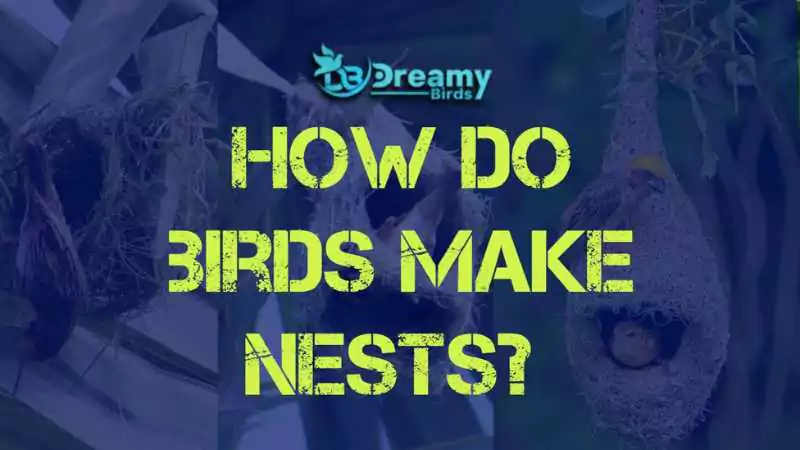The Ultimate Guide to Cardinal Nesting in 2024
While spring marks the peak of cardinal nesting activity, the female takes center stage in this architectural endeavor, meticulously weaving twigs, leaves, and other natural materials into a simple yet sturdy cup nestled within the dense foliage of a shrub or tree. Typically, these avian masterpieces rest a comfortable 5-7 feet above the ground, offering both security and an elevated vantage point for watchful parents.










